Regional geology field trip to Teruel
Students of the third course of Geology of the Alicante University within the subject of Regional Geology: visit Jarafuel triassic section, Aguaton jurassic section, Murero paleontological site, Fombuena section, Santa Cruz Paleozoic Seas Museum, Ojos Negros Mine, and Orea-Checa road Hirnatian section.

The visit took place from 16 to 19 October of 2019 and the professors in charge were Juan Alberto Pérez-Valera and José Enrique Tent-Manclús.

Tectonic breakup in the Eastern Betic zone
Six Paleogene-Aquitanian successions have been reconstructed in the Alicante area (eastern External Betic Zone). The lithofacies association evidences “catastrophic” syn-sedimentary tectonic processes consisting of slumps, mega-olisthostromes, “pillow-beds” and turbiditic deposits (Figure 1).
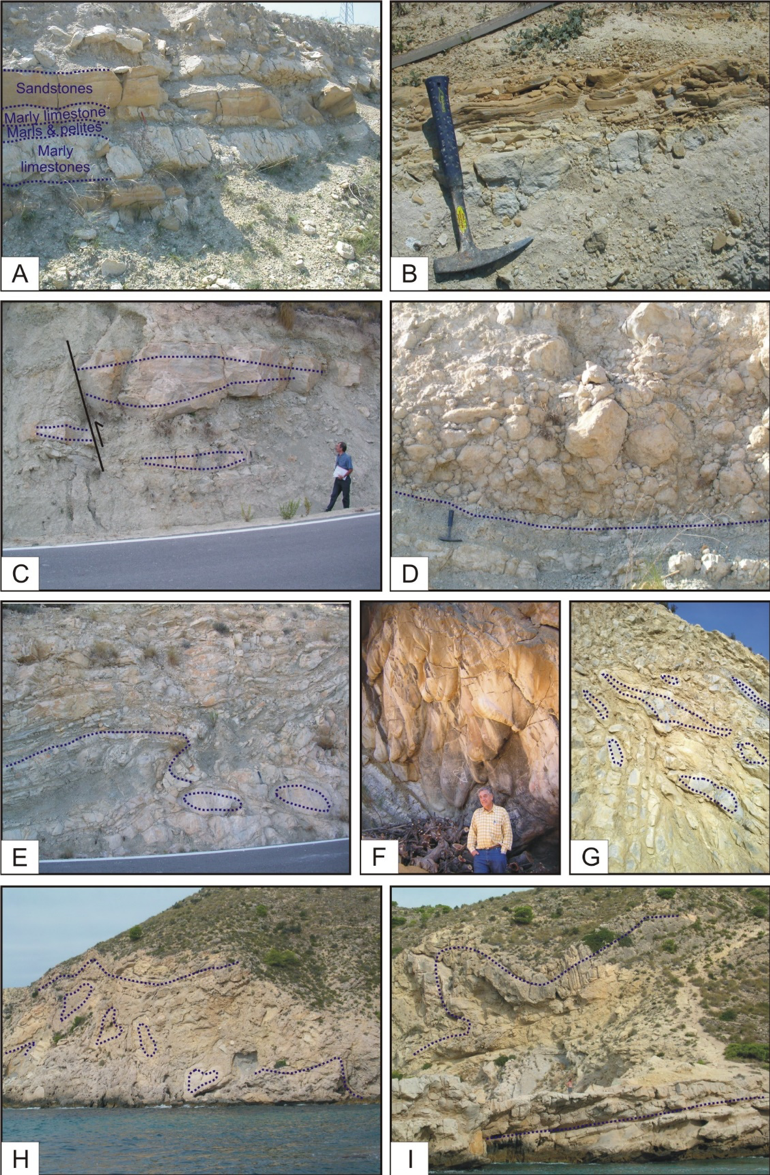
This kind of sedimentation is related to unconformity surfaces delimiting sequence and para-sequence cycles in the stratigraphic record (Figure 2).

The data compiled have enabled the reconstruction of the Paleogene-Aquitanian paleogeographic and geodynamic evolution of this sector of the External Betics. During the Eocene the sedimentary basin is interpreted as a narrow trough affected by (growth) folding related to blind thrust faulting with a source area from the north-western margin, while the southeastern margin remained inactive. During the Oligocene-Aquitanian, the sourcing margin became the southeastern margin of the basin affected by a catastrophic tectonic (Figure 3).

The activity of the margins is identified from specific sediment sources area for the platform-slope-troughsystem and from tectofacies analysis. The southeastern South Iberian Margin is thought to be closer to the Internal Betic Zone, which was tectonically pushing towards the South Iberian Margin. This pushing could generate a lateral progressive elimination of subbetic paleogeographic domains in the eastern Betics (Figure 4).

This geodynamic frame could explain the development of such “catastrophic” tectono-sedimentary processes during the Late Oligocene-Early Miocene.
Nearshore Mid-Triassic Zoophycos
Zoophycos is a well-known trace fossil common throughout the Phanerozoic. Paleozoic forms show important differences in morphology and habitat distribution with respect to the Jurassic, Cretaceous, and Cenozoic ones. Therefore, Early–Middle Triassic is considered a crucial time-span for the understanding of the evolution of this trace fossil. So far, Early Triassic Zoophycos is unknown and Middle Triassic forms were recorded only in deposits from Thuringia. The morphology and paleoenvironment of Zoophycos from the middle–upper Muschelkalk of the Iberian Range is herein described.
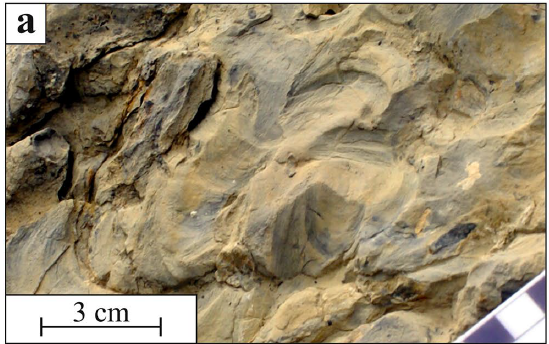
The best-preserved trace fossils occur in a dolomicritic bed Ladinian in age, and are represented by small forms with a subcircular, slightly lobed outline and very little penetration depth. They were deposited in a very shallow, quiet-water environment with transition to supratidal/emerged areas. The low diversity of both trace fossils and skeletal remains point to stressful conditions related to strong salinity variations and/or poor water circulation. A comparison was made with Zoophycos from Anisian deposits of the Muschelkalk in Germany. This showed that both forms are quite simple and penetrate only the shallowest tiers, although they are different in whorl outline and lobe shape.

This confirms that, notwithstanding the morphological variability of this group, Zoophycos still maintained a quite simple structure in the Triassic. A shallow-water environment was deduced for both localities, confirming that at least until the Early Jurassic Zoophycos had not definitively migrated toward deep-water areas.
Cite as: Giannetti, A., Tent-Manclús, J. E. y Baeza-Carratalá, J. F. (2017): New evidence of nearshore Mid-Triassic Zoophycos: morphological and paleoenvironmental characterization. Facies, 63,16: 1-12. DOI : 10.1007/s10347-017-0498-8
Jiménez de Cisneros course field trip to the Crevillente Sierra
The field trip of the he summer school course of the University Miguel Hernandez entitled “Jimenez de Cisneros, pioneer in the geological and paleontological investigation in the Southern Alicante” took place on september 5th, 2019.
The participants visit the Los Molinos educative center and then waked along the dirt road to the Pouet de la Mel spring.
The fist photography show the conductor of this field trip will be our collegue José Enrique Tent-Manclús teaching the finimessinian transgressive surface on the background of the picture.

The second fotography show the all participants in the field trip near the Pouet the la Mel spring with the Sierra de Crevillente Jurassic at the back.

More information about the Crevillente course here.
Tethyan to Mediterranean Evolution
Message from the Guest Editor
Dear Colleagues,
Several geological modeling studies on the geodynamic and paleogeographic Alpine (Eo-Alpine during the Cretaceous–Paleogene; Neo-Alpine during the Oligocene– Miocene) evolution of the Mediterranean have been published without consensus in the last four decades. Therefore, a Special Issue dedicated to “Tethayan to Mediterranean evolution” seems justified. Studies that consider the geodynamic and/or paleogeographic evolution of the entire Mediterranean area or a part of this area will be welcome. The proposal can be focused on stratigraphic, sedimentological, petrographic, or tectonic data, or geophysical interpretations and reconstructions based on principles of Plate Tectonics using GPlates or similar software. The papers that are published in this Special Issue can contribute to clarifying and updating the state of our knowledge about this controversial theme.

Message from the Editorial Board
T h e Journal of Marine Science and Engineering (JMSE; ISSN 2077-1312) is an international peer-reviewed open access journal which provides an advanced forum for studies related to marine science and engineering. The journal aims to provide scholarly research on a range of topics, including ocean engineering, chemical oceanography, physical oceanography, marine biology and marine geosciences. We invite you to publish in our journal sharing your important research findings with the global ocean community.
Open Access: free for readers, with article processing charges (APC) paid by authors or their institutions.
High visibility: Indexed in the Science Citation Index Expanded in Web of Science, in Inspec (IET) and in Scopus.
CiteScore (2018 Scopus data): 1.76, which equals rank 30/92 in ‘Ocean Engineering’, rank 105/288 in ‘Civil and Structural Engineering’ and rank 77/203 in ‘Water Science and Technology’.
Guest Editor:
Prof. Dr. Manuel Martín-Martín
Earth sciences and environment
Department (University of Alicante). Campus Universitario del San Vicente del Raspeig, AP- 99, 03080 Alicante, Spain
manuel.martin.m3@gmail.com
Deadline for manuscript submissions:
10 March 2020
Jiménez de Cisneros tribute in Crevillente
On september 5th of 2019 there will be a field trip (17:30 to 21:00) organized under the summer school course of the University Miguel Hernandez entitled “Jimenez de Cisneros, pioneer in the geological and paleontological investigation in the Southern Alicante”.
More information about the Crevillente course here.
The participant will see the southern section of the Crevillente Sierra from Los Molinos educative center to the Pouet de la Mel spring. Visiting the neogene cover, the Els Pontets diapir, and the Mesozoic carbonatic rocks of the Crevillente Sierra.
The conductor of this field trip will be our collegue José Enrique Tent Manclús.
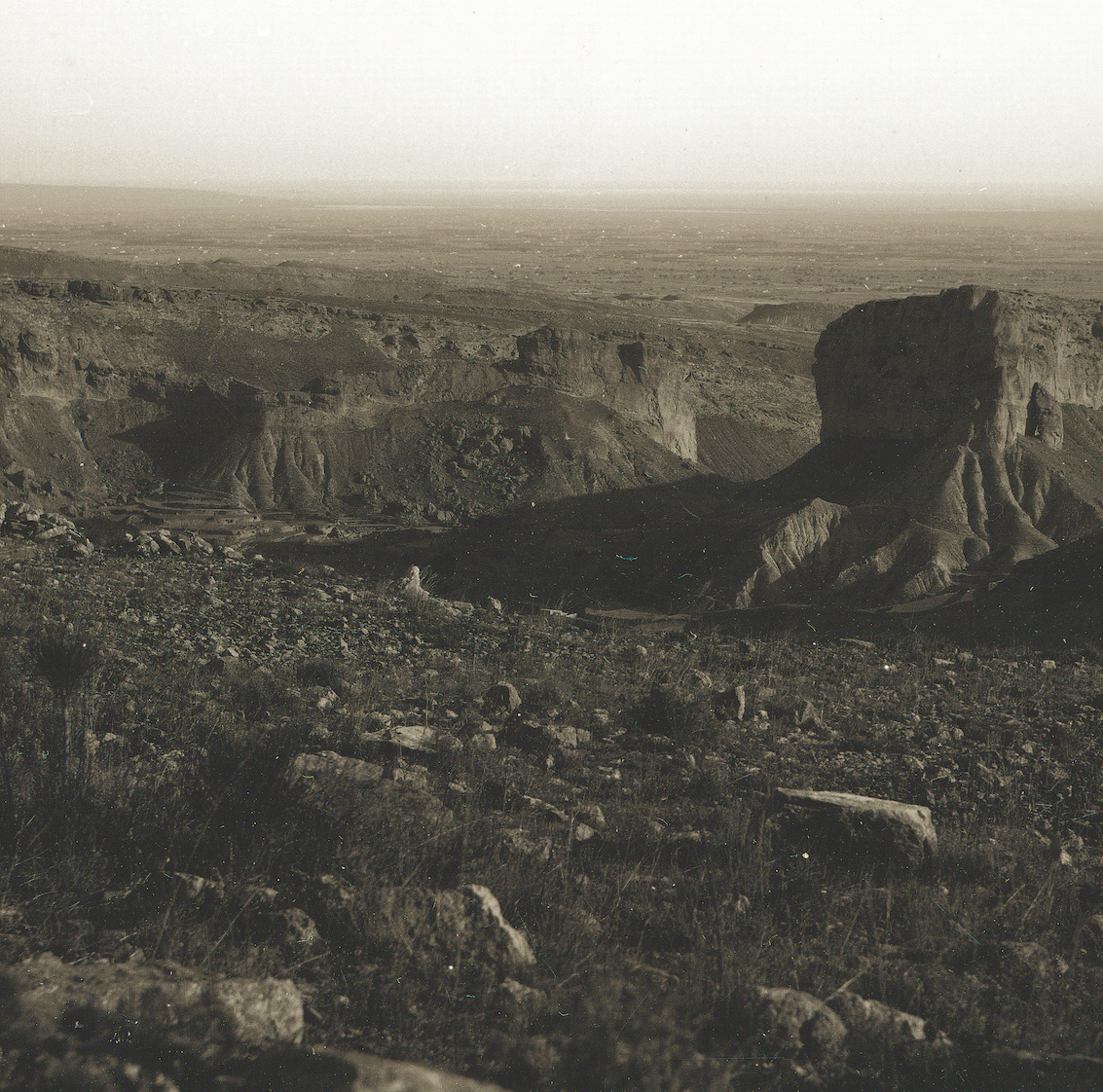
Paleogene sedimentary evolution of the Alicante Trough
A new work to illustrate a changes in the evolution of the Alicante Trough located to the southeastern part of the sudiberian paleomargin and north to the supposed elevated sea floor forming a marine platform. Here the link to the work in Repository of the UA.
The Paleogene Alicante Trough of the South-Iberian Margin (External Betic Zone) consists of a narrow sedimentary basin that has active margins located to the north-northwest (active mainly during the Eocene) and to the south-southeast (active during the Oligocene). Both margins, consisting of shallow unstable platforms, were the source areas for the external-platform slope (in the opposite margins) and deep-basin (in the middle) depositional realms. The southern margin, lost under the Mediterranean Sea, is recognized only by the reconstructed Oligocene slope sediments.

The eight successions studied, on opposites external-platform-slope margins and the deep within the central part of the basin, lead us to divide the basin into two depositional realms: the subsident Western Depositional Area (WDA) and the not subsident Eastern Depositional Area (EDA). This study has also enabled us to divide the infilling of the basin into two depositional sequences: Eocene p.p. (EDS) and Oligocene p.p. (ODS) in age, respectively, bound by two sequence boundaries (unconformities) at the Early Eocene (P6 zone) and Early Oligocene (P19 zone). The EDSand ODSare comprised of turbiditic and olisthostromic deposits and frequently slumps, evidencing an active tectonic in the margin-basin system.


The correlation of the Paleogene sedimentary reconstructed in the Alicante Trough with other four synthetic successions throughout the External (three in the Subbetic Domain) and one in the Internal Betic Zone indicate a Paleogene generalised deformational framework.
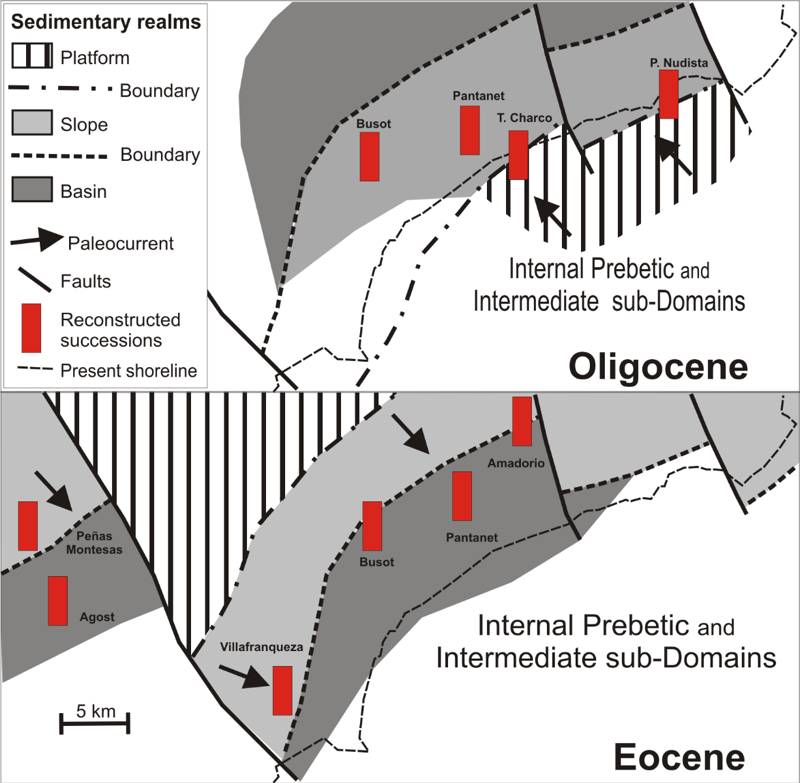
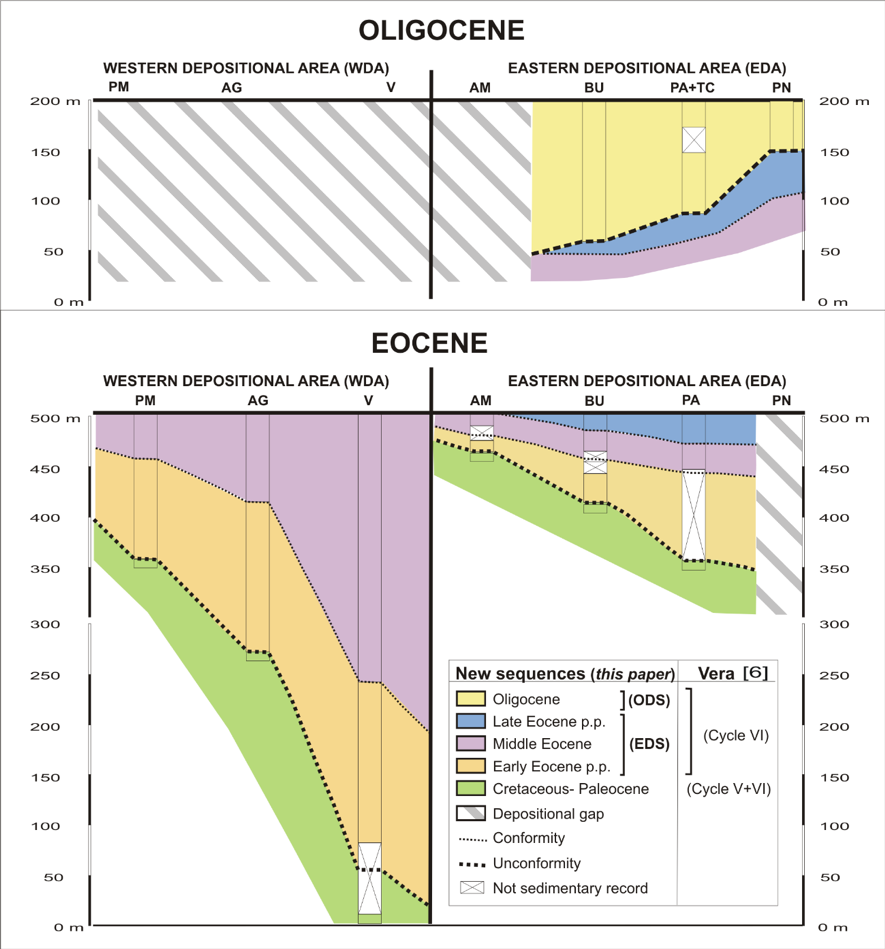
In addition, this evolution is contemporaneous to the Pyrenean, Iberian and the Nevado-Filabride Alpine deformation. The Paleogene tectonic recognised in the External Betic Zone is younger since the main orogenic deformation took place in the late Burdigalian to early Tortonian.
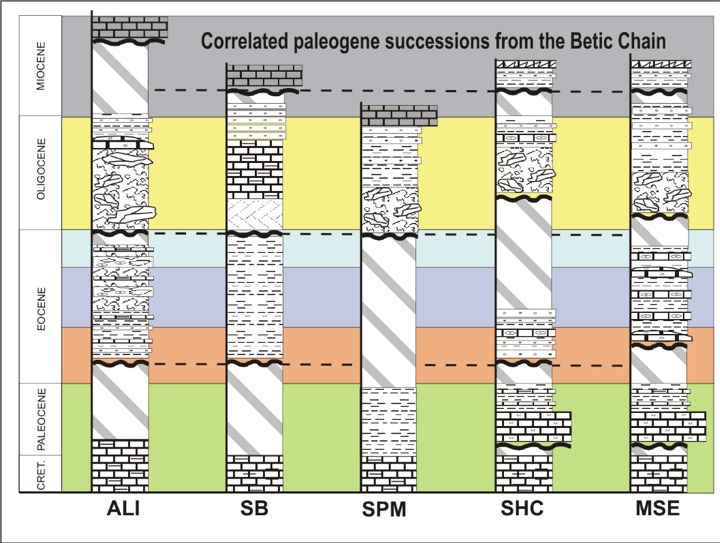
The origin of these early tectonics is discussed in relation to the Nevado-Filabride Alpine deformation.

8th International Brachiopod Congress
The 8th International Brachiopod Congress was held at the University of Milan (Università deli Studi di Milano) and organized by a committee chaired by Lucia Angiolini from Milan and Renato Posenato from Ferrara.
A four-day pre-congress fieldtrip was proposed to Spain with a detailed guidebook published by García Joral et al., (2018). The fieldtrip to Spain started on 6th September 2018 in Madrid, from where participants headed northwards to Aragon, where in the Iberian Ranges two days were devoted to Jurassic and one to the Palaeozoic (Ordovician, Silurian, and Devonian). The last day took the participants to the Betic Mountains near Alicante, where we admired the Liassic faunas of the Mediterranean province.
Pictures of the congress and the fieldtrips can be seen in:
Halamski A. T., 2019. Eighth International Brachiopod Congress Milan, Italy, 11th-14th September, 2018. http://paleopolis.rediris.es/BrachNet/REF/Pub/halamski-2019.html, 9 p

Reference:
García-Joral F., Villas E. & Baeza-Carratalá J.F. (eds), 2018. 8th International Brachiopod Congress Field Guide. E1: Paleozoic and Mesozoic brachiopods of East Spain, ii + 76 pp. Workcenter Servicios Globales de Documentación, Madrid.
Source areas in the Agost Basin (Betic Cordillera)
A new work to illustrate a changes in source areas related with pull-apart basin in the Betics. Here the link to the work in researchgate.
Sedimentary and mineralogical analyses were performed in the Neogene Agost Basin (External Domain, Betic Cordillera) to reconstruct relationships between tectonics and sedimentation, and source areas evolution over time.
Geological Setting

The sedimentary analysis allowed defining two sedimentary sequences: (1) Lower Stratigraphic Unit, Serravallian p.p. and (2) Upper Stratigraphic Unit, post Lower Tortonian (Upper Miocene p.p.)separated by an angular unconformity. They consist of marine (lithofacies L-1to L-3) and continental (lithofacies L-5to L-8) deposits respectively (Figure 2).

The analysis of mineralogical assemblages and some XRD parameters of the sedimentary sequences (Figure 3) and older formations (Figure 4) allowed recognizing a sedimentary evolution controlled by the activation of different source areas over time.


In particular, the Ill+Kln±Sme+Chl clay-mineral association characterizes the supply from Triassic formations; the Ill+Kln+Sme association from Albian formations; the Sme+Ill±Kln+(I-S) and Sme+Ill±Kln associations from Upper Cretaceous p.p.formations; and the Sme+Ill±Kln+(I-S) association from Paleogene formations, testifying a tectonic mobility of the basin margins differentiated over time (Figure 5).

This reconstruction leads to propose detailed relationships between types of deposits and provenance and not a classic “unroofing”, as follows: (i) the lithofacies L-1 (lithofacies L-2 and L-3 were not analysed) is characterized by the Ill+Kln+Sme mineralogical association indicating an origin from the Albian formations; (ii) the lithofacies L-4 shows a mixture of Ill+Kln+Sme and Sme+Ill+Kln associations sourced from the Albian and Upper Cretaceous formations; (iii) the lithofacies L-5 is characterized by the Sme+Ill±Kln+(I-S) association indicating a provenance from the Upper Cretaceous and Paleogene formations; (iv) the lithofacies L-6 to L-8 are characterized by the Ill+Kln±Sme+Chl association indicating a supply mainly from Triassic deposits. The evolutionary sedimentary model reconstructed for the Agost Basin, which improves a previous contribution about the same area, has been correlated with those reported in other intramontane Neogene basins in the Betic-Rifian Arc studied with similar resolution, so obtaining useful information for regional reconstructions.
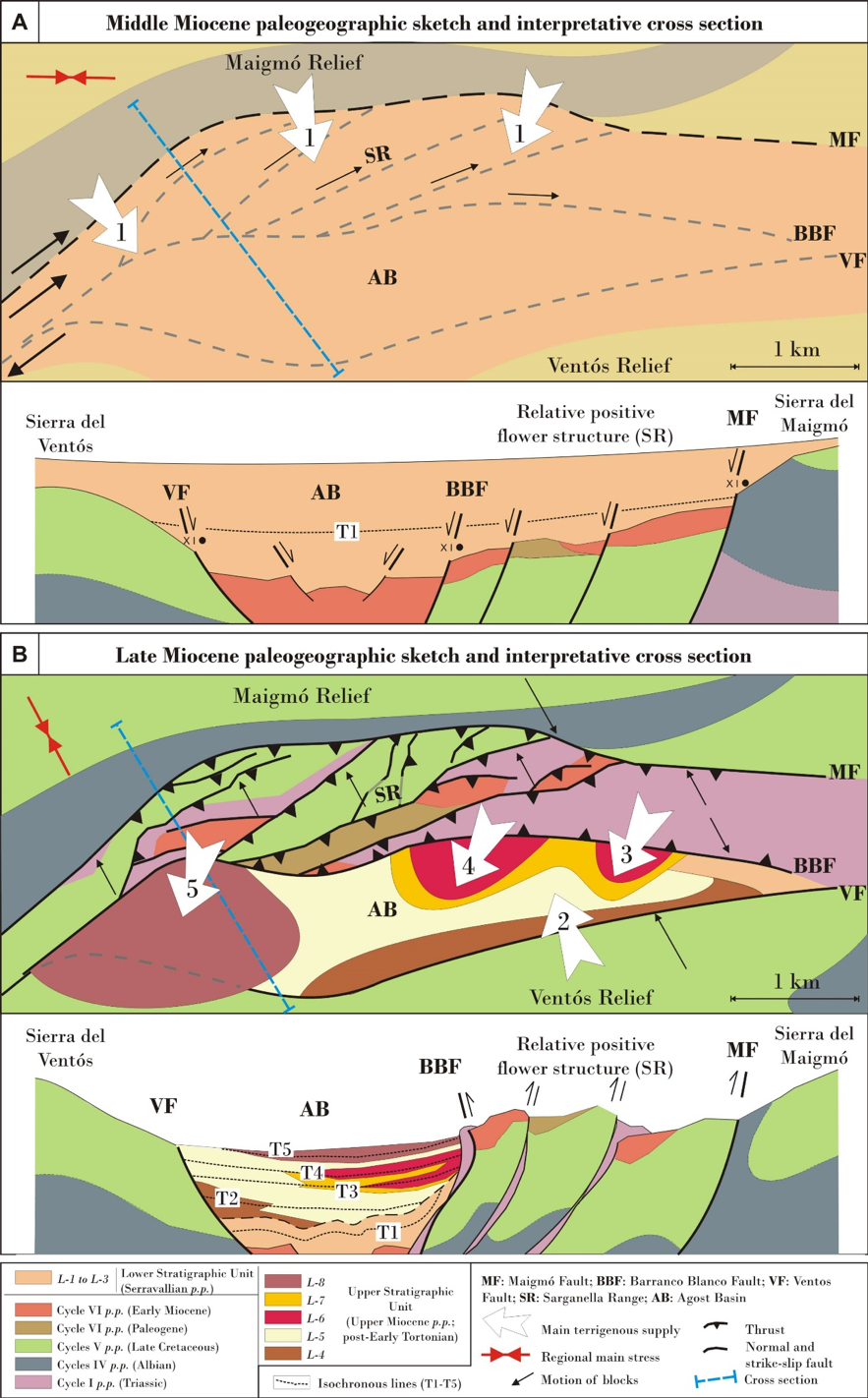
Daniel Jimenez de Cisneros
Next September the village of Crevillente will be organised a summer course inside the offer of the Miguel Hernández University summer course entitled “Jimenez de Cisneros, pioneer in the geological and paleontological investigation in the Southern Alicante”.

Presentation
This year marks the centenary of Daniel Jiménez de Cisneros, Professor of Natural History, publication in the “Iberia” journal, of the first geological and paleontological synthesis of the Crevillente Sierra.
Daniel Jiménez de Cisneros made what could be the first and oldest photographs of the Crevillente Sierra, an exceptional graphic testimony that allows us to see what the landscape of this mountain was like 100 years ago. We also owe him not only the identification of the main paleontological sites of the mountains, but also the approach of the first geological itineraries on it, published in the “Iberia” journal in 1919.
This course makes this figure known to us and brings us closer to the geology and paleontology of our environment by the help of great specialists.
Ana Satorres course coordinador.
More information about the Crevillente course here.
One of the events of this course will be a field trip to the Crevillente Sierra to see the some of the historical sites mentioned in the 100-year-old paper of Jimenez de Cisneros conducted by Jose Enrique Tent- Manclus.
All the news about the event will be comment in this blog.
Recent Comments